

Anthony Crawford
1990 Lamborghini Countach review
5 Days Ago
The new, larger AMG GT coupe has seating for four, a choice of V8 drivetrains, and is now the cousin of the SL roadster.

Journalist


Journalist
The second-generation Mercedes-AMG GT has made its debut at the 2023 Pebble Beach Concours d’Elegance, and the bigger, badder coupe now has room for four, at a pinch.
Measuring the 4728mm long, 1354mm tall, 1984mm wide, and riding on a 2700mm wheelbase, the new GT coupe is 182mm longer, 66mm taller, 45mm wider, and has a 70mm longer wheelbase than the outgoing model.
The new GT also shares its wheelbase, V8 drivetrains, and various other elements with the SL roadster.
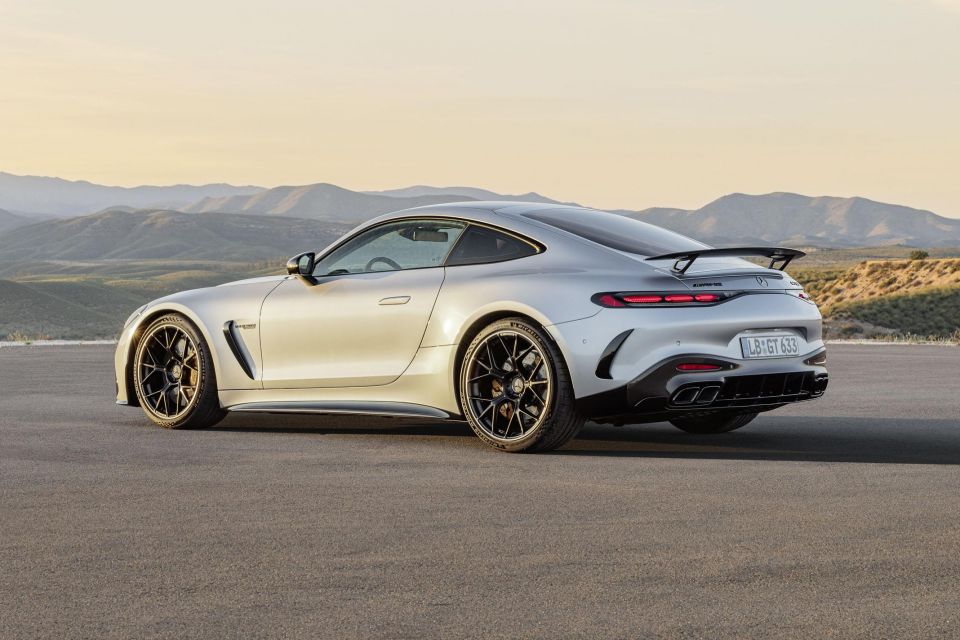
The growth in dimensions, and seemingly shorter bonnet, liberates more interior space with a second row of seats available for the first time. Both the front and optional foldable two-seat rear bench have integrated headrests.
At launch, the new GT will be available with only AMG’s 4.0-litre twin-turbo V8 — internet commenters rest easy, the C63’s turbocharged four-cylinder plug-in hybrid setup is nowhere to be seen, for now.
The twin-turbo V8 is paired with an all-wheel drive system that can go from a 50/50 torque split to rear-wheel drive, and a nine-speed automatic that has a wet starting clutch instead of a torque converter.
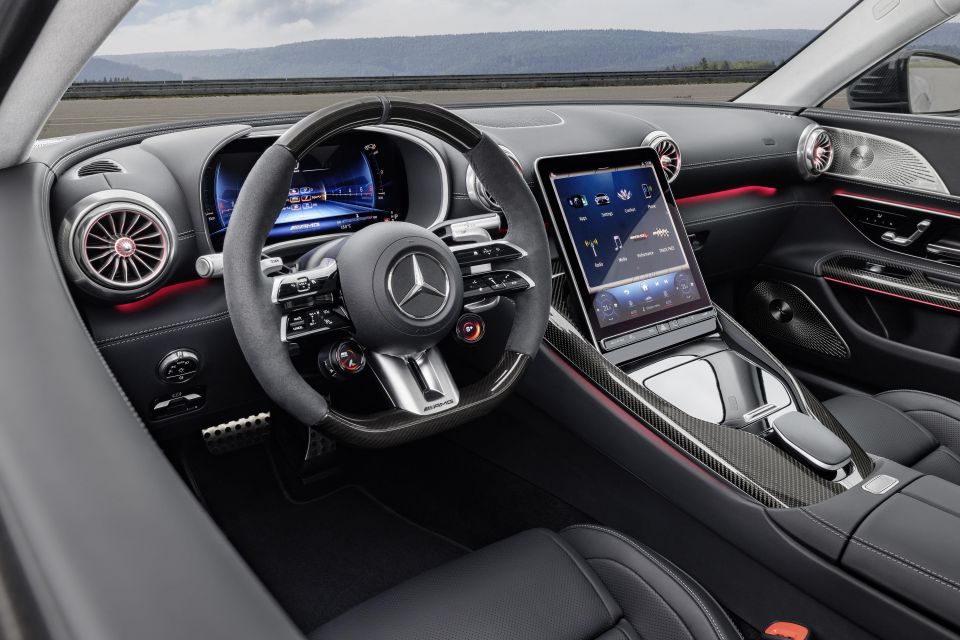
In the GT 55 4Matic+ the company’s V8 is tuned to deliver 350kW between 5500 and 6500rpm, and 700Nm from 2250 to 4500rpm. This base model is capable of a 0-100km/h time of 3.9 seconds, and a top speed of 295km/h.
Step up to the GT 63 4Matic+, and the V8 cranks out 430kW between 5500 and 6500rpm, and 800Nm from 2500 and 5000rpm. The 0-100km/h time is cut to 3.2 seconds, and the top speed is raised to 315km/h.
Both variants have a kerb weight of 1970kg, which AMG credits to a body made from a mix of aluminium, steel, magnesium, and composite fibre materials.
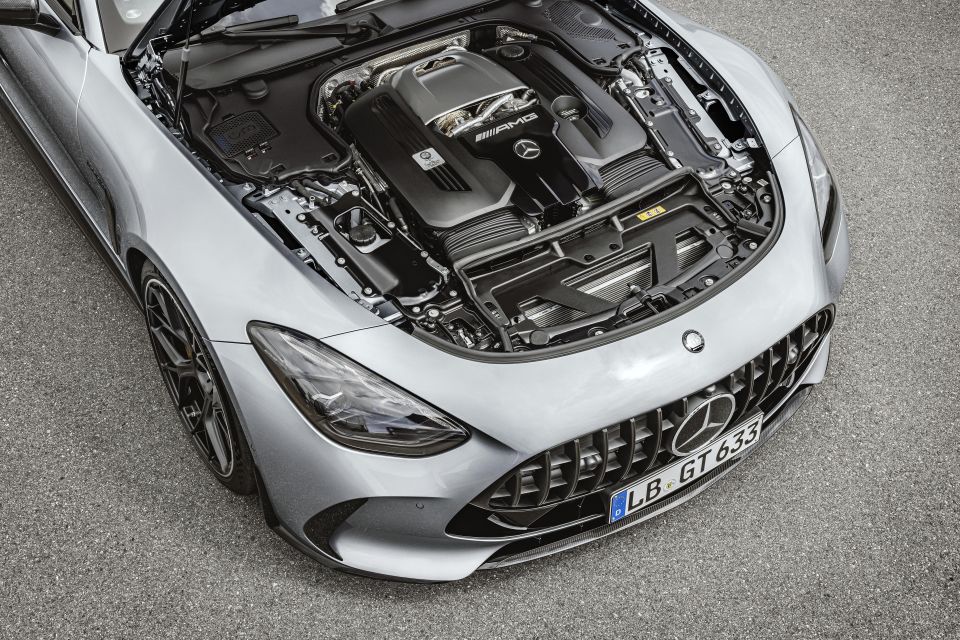
The GT coupe rides on five-link aluminium suspension at both ends coupled with adaptive shock absorbers, and the Active Ride Control system, which replaces conventional mechanical torsion bar anti-roll bars with an active hydraulic interconnection between the car’s four spring struts.
There are eight wheel designs to choose from, with the standard 20-inch rims paired with 295/35 tyres up front and 305/305 rubber at the rear. Buyers can also opt for 21-inch wheels.
To help get all of the V8’s fury to the road there’s an electronically controlled locking differential on the rear axle. The rear-wheel steering system aims for manoeuvrability with counter-steering below 100km/h, and stability at higher speeds when it steers in the same direction as the front wheels.
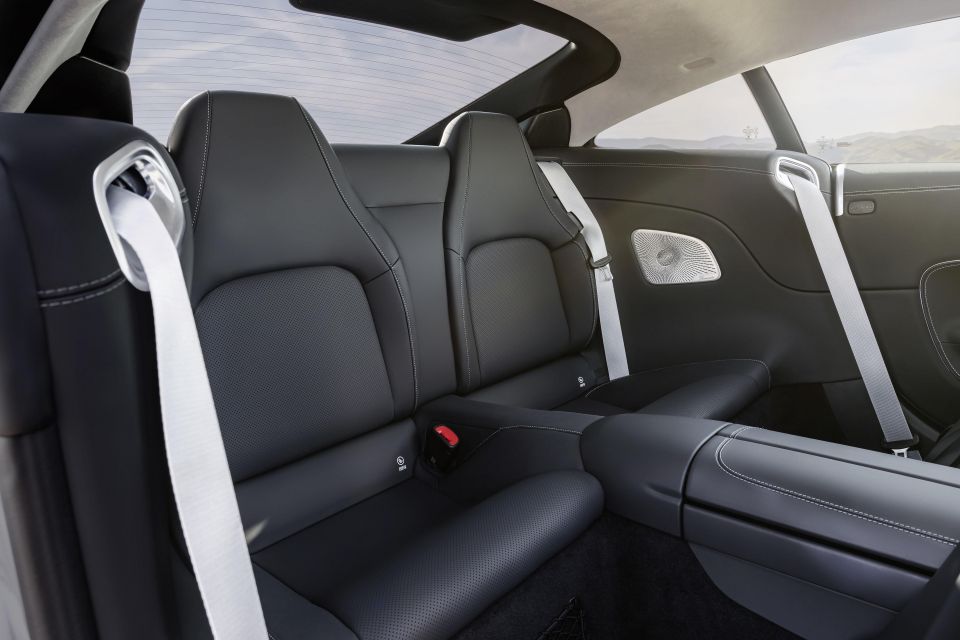
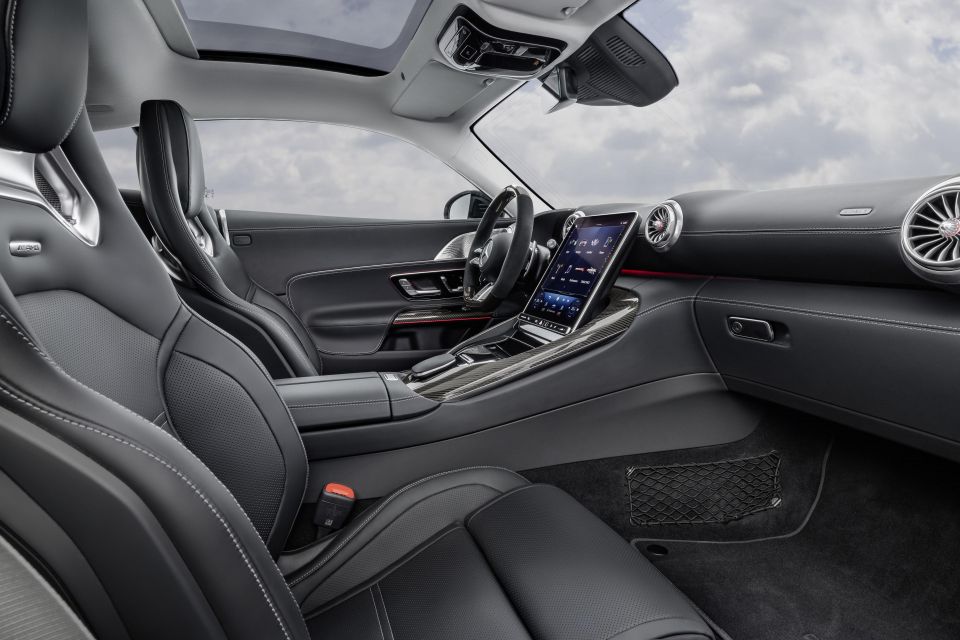
The active aerodynamics system includes a retractable rear spoiler, and automatic slats in the upper and lower front air intakes. Those slats are normally closed, but open up when certain components under the bonnet get too hot.
There’s also an active carbon-fibre element on the undercarriage, in front of the engine, which is lowered by 40mm when the car hits 80km/h to create a Venturi effect and suck the car to the road.
An optional aero package adds flics to the outer air intakes, wheel arches, and rear apron, as well as a larger rear diffuser and fixed rear spoiler.
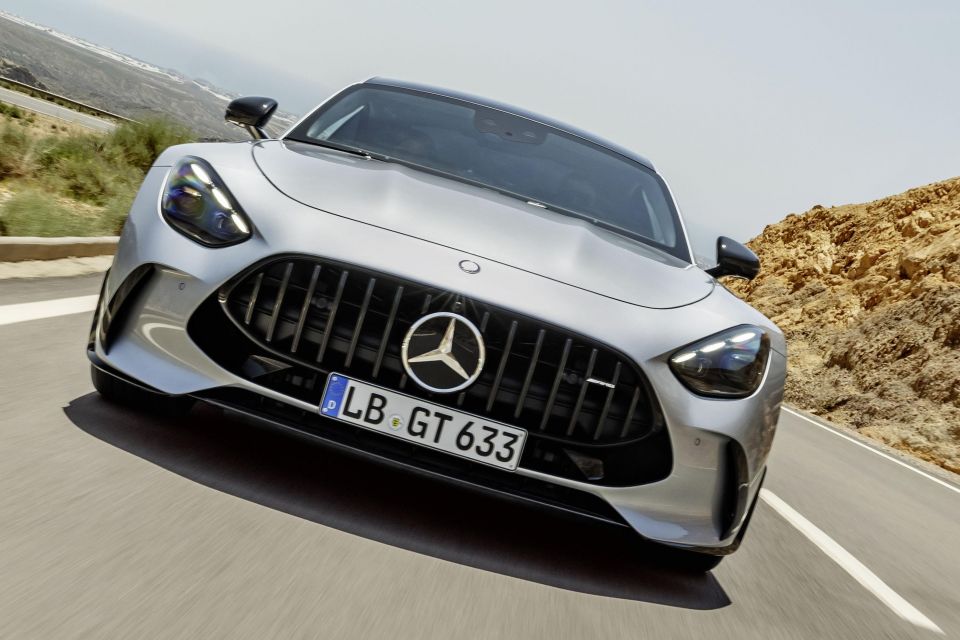
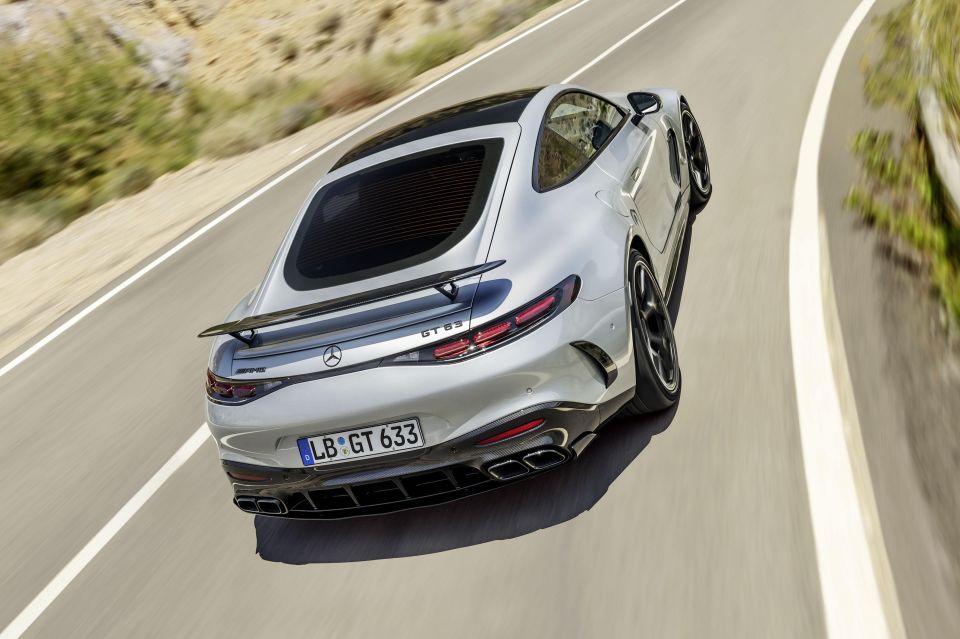
As far as the interior design goes, it will look instantly familiar to anyone who’s seen a Mercedes-Benz released in the last few years, with a 11.9-inch portrait touchscreen rising out of the centre tunnel.
Running the latest MUBX infotainment system, the GT comes standard with the Track Pace data logger that can record up to 80 pieces of data at 10 times per second over a pre-defined route.
The screen can also show lap and sector times, while the head-up display can show cornering angles and braking points.
Where expert car reviews meet expert car buying – CarExpert gives you trusted advice, personalised service and real savings on your next new car.
Derek Fung would love to tell you about his multiple degrees, but he's too busy writing up some news right now. In his spare time Derek loves chasing automotive rabbits down the hole. Based in New York, New York, Derek loves to travel and is very much a window not an aisle person.


Anthony Crawford
5 Days Ago


Matt Campbell
4 Days Ago


James Wong
3 Days Ago


Max Davies
2 Days Ago


Josh Nevett
21 Hours Ago


William Stopford
18 Hours Ago